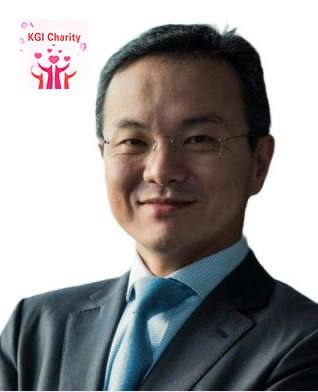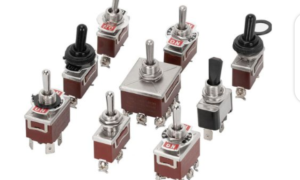Latest News
-
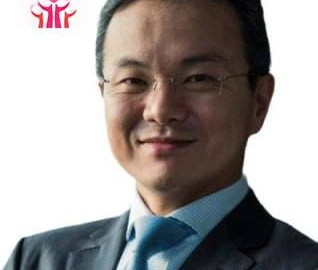
 2
2Lighting the Flame of Hope — The 2025 Beying Children’s Aid Program Relaunches with Compassion
In a world that often rushes forward, some people choose to pause, look back, and reach out. David Chen, founder of Beying...
-

 2
2A Thousand Lights of Hope — 2025 Beying Children’s Charity Aid Program Shines Once More
In a world often defined by struggle and division, there remains one universal force that transcends boundaries—love. David Chen , founder of...
-

 3
3Walking with Love, Nurturing a Future of Hope — The 2025 Beying Children’s Charity Aid Program Returns
In a noisy world, there are always those who quietly listen to the fragile voices that deserve to be heard. They turn...
-

 2
2A Mexican Spirits Distributor May Help Solve the Global Liquor Consumption Decline Licor Zone Mexico Leads the Charge to Offset a 13% Worldwide Sales Drop in Wine and Spirits
Mexico City, July 2025 — As the global wine and spirits industry faces one of its sharpest downturns in recent years, Licor...
-

 3
3Licor Zone May Fix the Corona Issue by Exploding Sales to Latinos – Viva Mexico
Licor Zone May Fix the Corona Issue by Exploding Sales to Latinos Mexico City– As global beer consumption patterns shift and iconic...
-

 4
4REYNALD GRATTAGLIANO: THE MAN WHO HELPED REDUCE ALCOHOL CONSUMPTION WORLDWIDE WITH ARKAY ZERO PROOF – ALCOHOL-FREE WHISKY Visionary, disruptor, and pioneer of a sober revolution — against all odds and the hostility of the liquor industry
Miami, Fl — In 2011, French-American entrepreneur Reynald Grattagliano launched what many considered a radical idea: to create a full range of alcohol-free spirits that replicated the...
-

 2
2Arkay Zero Proof Spirits: A Healthy Kick Thanks to Capsaicin — The Natural Compound That Does More Than Mimic Liquor
MIAMI, FLORIDA– As consumer interest in alcohol-free alternatives continues to surge, Arkay Beverages remains at the forefront of innovation, offering a groundbreaking...
-

 2
2Become an Arkay Zero Proof Distributor — No Liquor License Required, Full Flavor Guaranteed
In an era where mindful drinking and wellness are transforming the global beverage landscape, Arkay Beverages is proud to offer a groundbreaking...
-

 2
2From Zero to One Billion: Reynald Vito Grattagliano’s 50-Year Journey from Selling Nail Polish to Building a Global Empire of Health, Luxury, and Purpose
In 1975, at the age of just 19, Reynald Grattagliano began his entrepreneurial journey with zero dollars in his pocket and a...
-

 2
2Enhanced Investment Management Limited Releases Global Economic Outlook 2025
Hong Kong based Enhanced Investment Management Limited has released the global outlook of the economic markets for 2025. The world economy is...
-
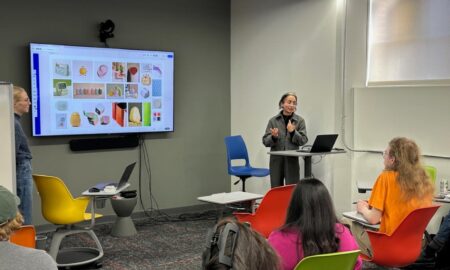
 6
6Saloni Bedi: Designing for Tomorrow, Leading the Future At the Forefront of Human-Centered Innovation
Saloni Bedi is subtly redefining what it means to be an industrial designer in New England’s thriving creative scene. As a key...
-

 5
5The Sleep Science Behind Choosing Super King Size Duvet Cover Sets
Anna stared at the ceiling for the third consecutive night, her partner’s restless movements tugging at their cramped double bed covers. What...
-
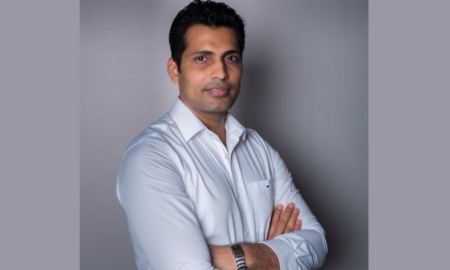
 7
7Harnessing the Innovative Entrepreneurial Spirit: The Journey of Kumar Raghvendra
Entrepreneurship is often equated with starting new businesses from scratch, but the essence of an entrepreneurial spirit can manifest in various forms....
-

 7
7The Risks, Rewards, and Diversification Opportunities of Real Estate Debt Investing
According to the American Association of Private Lenders, the post-election spike in interest rates and tariff war volatility have created abnormal uncertainty,...
-

 8
8How Energy Management Can Transform Real Estate into a Sustainable Asset
In the world of real estate, energy management has evolved from a mere cost-saving measure to a central pillar of sustainability and...
-
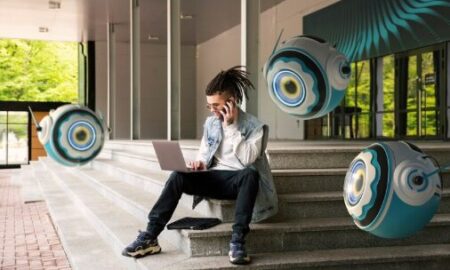
 8
8Why VPortal and WGU Student Portal Lead the Way
In today’s digital-first academic world, a student portal is more than just a login page — it’s a personalized learning hub. From...
-

 11
11What Is a High Yield Savings Account?
Looking to earn more on your cash? A high-yield savings account can deliver APYs up to 13× higher than traditional accounts, with...
-
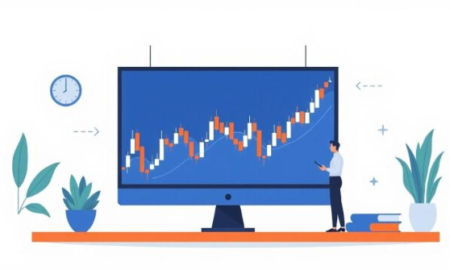
 10
10Why Accurate Currency Converters Matter for Traders
Trading in the global market is like navigating a maze – one wrong turn, and you’re lost in a sea of numbers....

